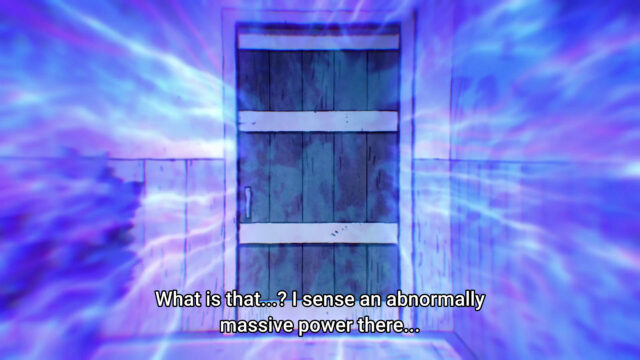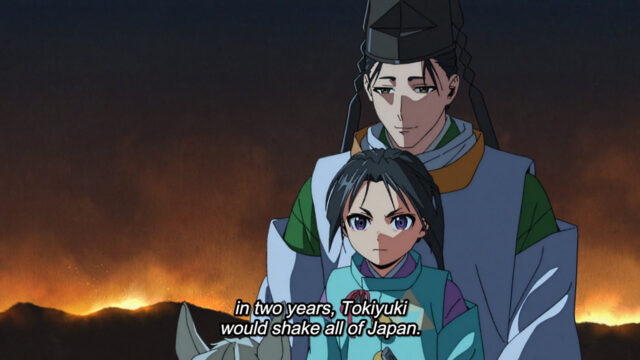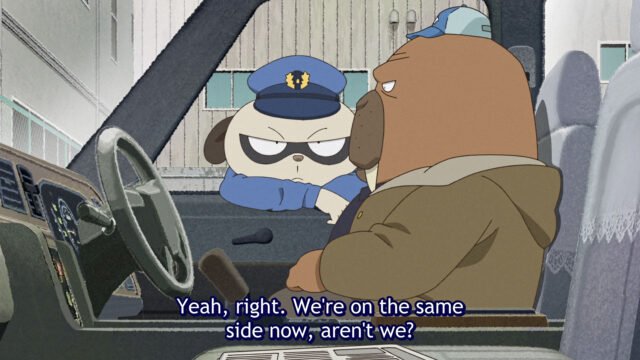Where do the monsters in RPG dungeons come from? Who restocks the treasure chests? Who makes the treasures? What happens to the dead bodies? Who operates the dungeons? How do they fit in the regional economy? Clay, a young woman and formidable adventurer, finds out in the anime Dungeon People1.
When Clay fights a minotaur on the ninth of the ten levels of the Antomurg dungeon, a wall collapses, revealing an ordinary bedroom. The dungeon’s administrator comes to assess the damage.
That administrator, Beilleheila Langdass, a.k.a. “Belle,” the puissant final boss of the climactic tenth level, is a little girl, perhaps eleven years old, with soft pink robes and baby blue hair. She’s been looking for help with the dungeon, and Clay is exactly what she wants. After a bit of sparring, Clay accepts the job.
Clay spends much of Dungeon People learning the operations of the dungeon, and working with Belle and with Rangard, the dwarf who makes the treasures and other items associated with the dungeon. The odd-numbered episodes usually feature some combat, such as when Belle and Clay terminate the occasional psychopath or renegotiate a contract with the local king. However, the show mostly focuses on the practical side of running a dungeon: replenishing treasure chests, interviewing potential monster employees, propagating goblins, replacing magical hardware, etc., as Clay learns to be Belle’s friend. The art is like illustrations in a children’s book, appropriate to the pleasant, occasionally bloody story, and the animation is adequate. “Warm and fuzzy with a side of murder” is how J Greely sums it up.
The twelve episodes leave many questions unanswered. There’s little information on the fate of Clay’s father, who entered the Antomurg dungeon some years back and hasn’t been seen since. Belle looks and acts like a little girl, but who, or what, is she really? Where do dungeons come from? Few people watched Dungeon People — aside from me, the only ones I know of are J Greely and Peter S, plus a handful at the AnimeSuki forum2 — and I don’t expect a second season with answers.
More screenshots beneath the fold.
*****
I cancelled Crunchyroll, as I mentioned earlier, and I haven’t seen any more of The Elusive Samurai. I have no great desire to pick it up again, though it does seem very popular if the amount of fan art at Pixiv is an indication. I hope to see the Mononoke movie sometime soon, and I might consider paying for Crunchyroll again when the next seasons of Frieren at the Funeral and The Apothecary’s Diary are out. Otherwise I have little interest in current anime.






















